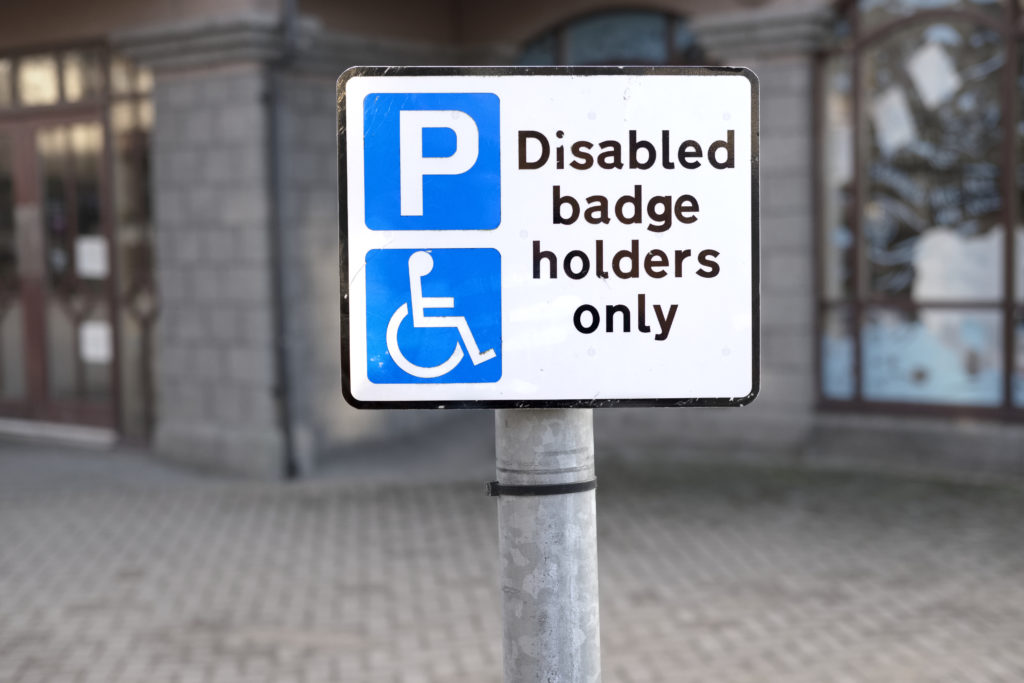Does the EV revolution preclude disabled drivers?
19 October 2021

New research by a UK automotive magazine has found that many of the country’s 2.5 million disabled drivers risk being excluded from owning an electrically-chargeable vehicle (EV) due to issues with the charging infrastructure.
An investigation led by Auto Express found that charging providers are systematically failing to meet their accessibility obligations under the Equality Act. It also criticised the UK government for moving too slowly to protect the interests of disabled drivers.
The country’s public-charging infrastructure is still expanding as the uptake of EVs continues. According to location-data provider Zap Map, there are currently 26,415 units at 16,585 locations across the UK. Many of these are considered inaccessible, especially for wheelchair users.
The Auto Express team accompanied Disabled Motoring UK as they put a number of public charge points in Brighton to the test. They found the chargers were often too tall, meaning screens could not be seen clearly from a seated position. In addition, charging sockets and cables were typically mounted high-up and weighty, unwieldy cables could be difficult to extract. They also identified a lack of appropriate lighting, high kerbs, and cramped charging bays with no wheelchair access.
‘Our investigation revealed a shocking disregard for accessibility needs in the UK’s public-charging network, with providers seemingly in a wholesale breach of Equality Act 2010 obligations, and government lagging on legislation with consultations only just beginning,’ said Chris Rosamond, features editor for Auto Express.
‘There has been a systematic failure to anticipate disabled needs when installing charging infrastructure, and there is no government regulation as a back-stop to ensure disabled needs are met.’
Limited space
Public charging points are often found in car parks, such as at supermarkets, retail locations, or leisure establishments. Many are placed in front of a standard car parking space, meaning wheelchair users, who often rely on wider spaces to access and exit their vehicle, cannot park there.
Another issue relates to the location of the charging point within the space itself. Elite paralympic basketball player and EV driver Ade Adepitan has backed the calls, telling Auto Express that the existing charging infrastructure is often ‘rubbish’ and does not work for the disabled community.
‘I am so lucky because I am a really able disabled person, but there are so many charge points that are rubbish. I have been cursing and swearing so many times. If I get too close to the charge point, I cannot open the door to get my chair out, and if I go further away, I am too close to the kerbside. Other chargers are either too high, and you cannot see the screen, or they are in an awkward position for you to plug the cables in,’ he said.
‘It is awkward, but that’s just like the public-transport system, and challenges aren’t new to any disabled person. We need to get more disabled people driving EVs.’
Future issue
With the UK banning the sale of new petrol and diesel models by 2030, EVs will be the only option for the country’s 2.5 million blue-badge holders.
‘Our own research identified that by 2035, up to 1.35 million disabled people will be wholly or partially reliant on public-charging infrastructure, but that it has not been designed with their needs in mind,’ Catherine Marris, head of innovation at Motability, told the publication.
‘As the 2030 ban on the sale of new petrol and diesel cars approaches, it is imperative that disabled people aren’t left behind in the race to install the UK’s charging infrastructure. Work to secure accessibility standards is vital as the rapidly expanding charge-point market means that many operators may lock in designs and infrastructure for many years without considering accessibility for disabled users.’



